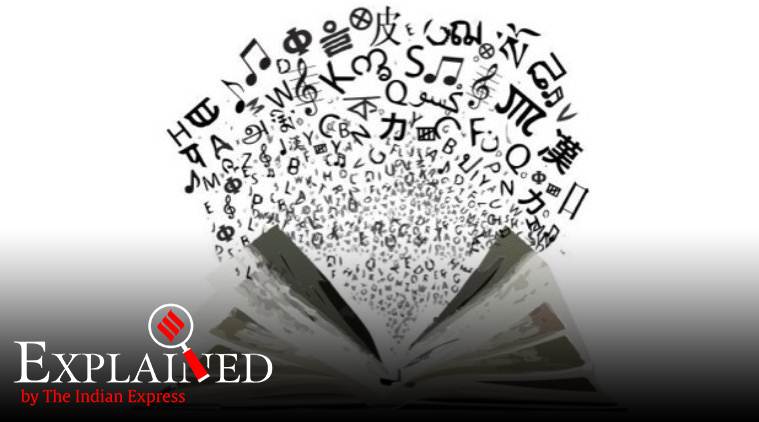- India
- International
Explained: How is a language declared ‘classical’ in India, what benefits it enjoys
The Akhil Bharatiya Marathi Sahitya Sammelan recently demanded that Marathi be given the status of a 'classical language'.
 Currently, six languages enjoy the ‘Classical’ status: Tamil, Sanskrit, Kannada, Telugu, Malayalam, and Odia. (Photo: Express)
Currently, six languages enjoy the ‘Classical’ status: Tamil, Sanskrit, Kannada, Telugu, Malayalam, and Odia. (Photo: Express)
At the recently concluded 93rd edition of the Akhil Bharatiya Marathi Sahitya Sammelan, a resolution was passed demanding the declaration of Marathi as a ‘Classical’ language, Loksatta reported. In many of its conventions in the past, the body has made this demand.
The Sammelan, an annual conference of Marathi writers, was started in 1878, and over the years has been headed by leading Marathi intellectuals, including Justice Mahadev Govind Ranade, Maharaja Sayajirao Gaekwad III of Baroda, and Prahlad Keshav “Acharya” Atre. This year’s conference was presided over by litterateur, environmentalist, and Catholic priest Francis D’Britto, the first Christian to do so in history.
What are ‘Classical’ languages in India, and how are they classified?
Currently, six languages enjoy the ‘Classical’ status: Tamil (declared in 2004), Sanskrit (2005), Kannada (2008), Telugu (2008), Malayalam (2013), and Odia (2014).
Also Read | Nepal’s Seke ‘near-extinct’: The six degrees of endangerment of a language
According to information provided by the Ministry of Culture in the Rajya Sabha in February 2014, the guidelines for declaring a language as ‘Classical’ are:

“(i) High antiquity of its early texts/recorded history over a period of 1500-2000 years;
(ii) A body of ancient literature/texts, which is considered a valuable heritage by generations of speakers;
(iii) The literary tradition be original and not borrowed from another speech community;
(iv) The classical language and literature being distinct from modern, there may also be a discontinuity between the classical language and its later forms or its offshoots.”
How are the Classical languages promoted?
The Human Resource and Development Ministry in its reply to a starred question in the Lok Sabha in July 2014 noted the benefits it provides once a language is notified as a Classical language:
“i) Two major annual international awards for scholars of eminence in classical Indian languages
ii) A Centre of Excellence for studies in Classical Languages is set up
iii) The University Grants Commission is requested to create, to start with at least in the Central Universities, a certain number of Professional Chairs for the Classical Languages so declared.”
In a 2019 Lok Sabha reply, the Ministry of Culture listed the institutions that have been dedicated to Classical languages.
Sanskrit: Rashtriya Sanskrit Sansthan, New Delhi; Maharishi Sandipani Rashtriya Ved Vidya Pratishthan, Ujjain; Rashtriya Sanskrit Vidyapeetha, Tirupati; and Sri Lal Bahadur Shastri Rashtriya Sanskrit Vidyapeeth, New Delhi
Telugu and Kannada: Centres of Excellence for Studies in the respective languages at the Central Institute of Indian Languages (CIIL) established by the HRD Ministry in 2011.
Tamil: Central Institute of Classical Tamil (CICT), Chennai
Don’t Miss from Explained | Why Urdu is an Indian language, not a foreign one
The University Grant Commission (UGC) also awards research projects for promoting these languages. The UGC released funds worth INR 56.74 lakh in 2016-17 and INR 95.67 lakh in 2017-18, the Ministry of Culture said.
More Explained
EXPRESS OPINION
Apr 19: Latest News
- 01
- 02
- 03
- 04
- 05








































